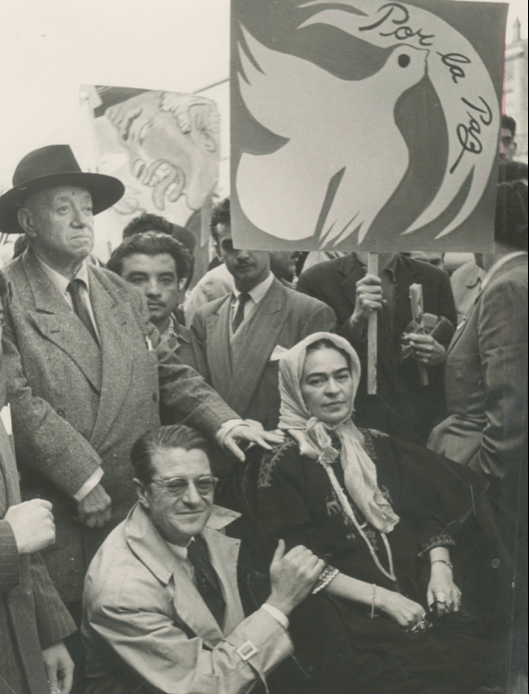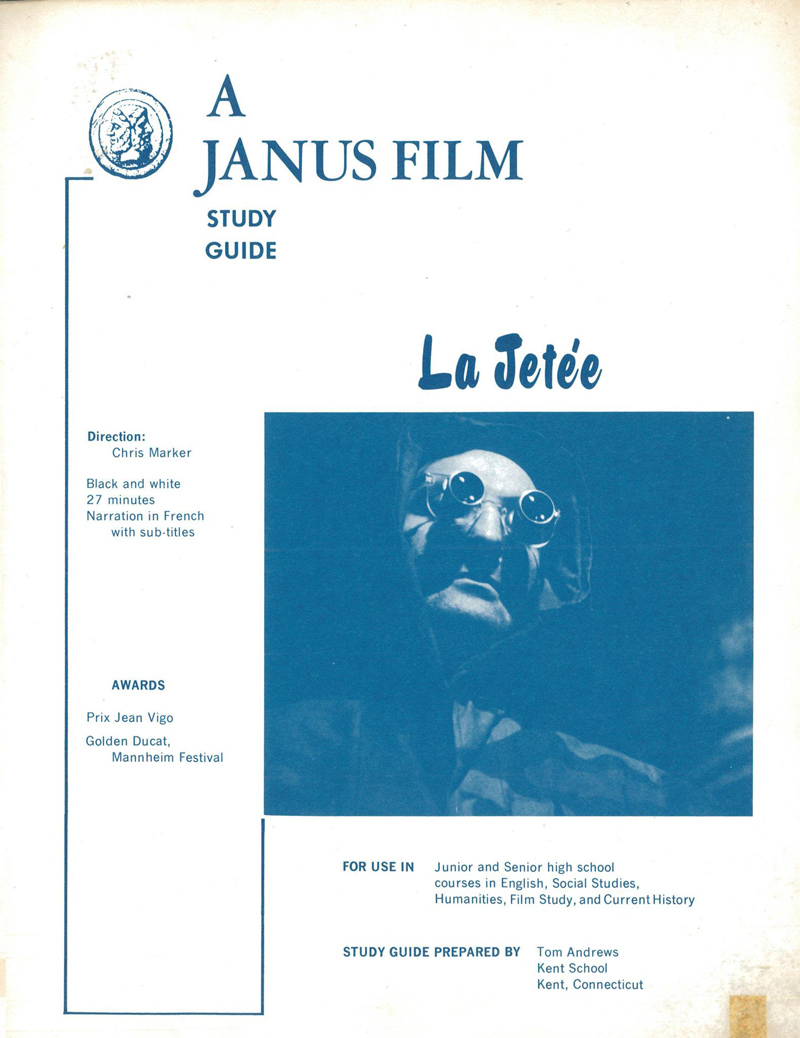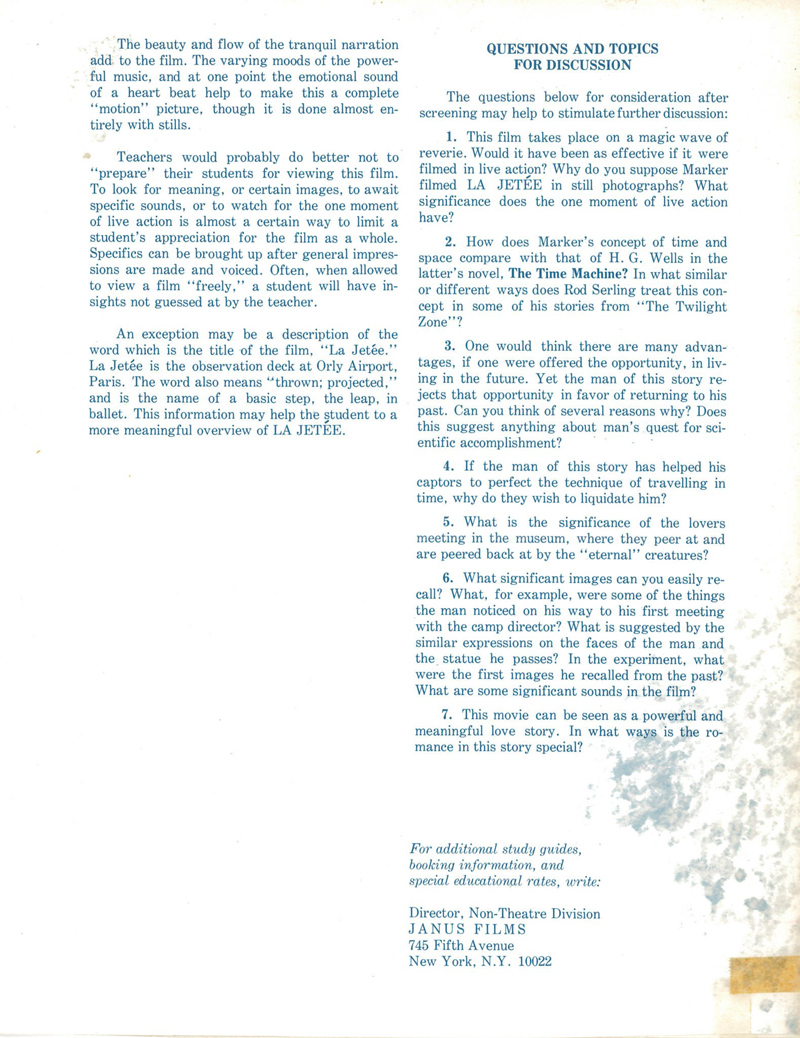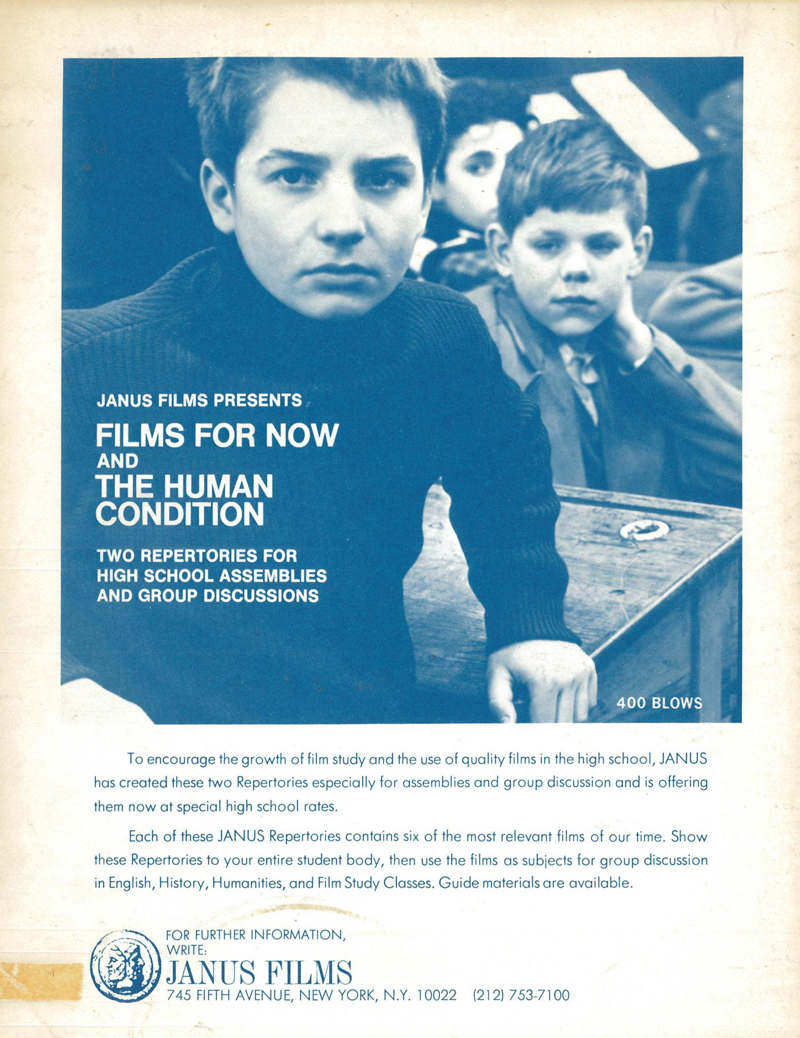The ongoing “golden age” of prestige television drama began more than twenty years ago, but how many shows have truly surpassed The Sopranos, the one that started it all? However many series come and go, raising large and often obsessive fan bases with their varying mixtures of crime, history, politics, science fiction, fantasy, and intrigue, none have shown the cultural staying power of this six-season tale of a mob boss in turn-of-the-21st-century New Jersey. That The Sopranos remains relevant owes in part to the vision of creator David Chase as well as to the tour de force performance of star James Gandolfini.
Evan Puschak, better known as the Nerdwriter, has stronger words of approbation: Gandolfini’s is “probably the greatest acting achievement ever committed to the screen, small or big.” In the video essay “How James Gandolfini Navigates Emotion” he marshals in support of this claim just one scene, but a scene that features Gandolfini at the height of his dramatic powers.
Taken from the fifth-season episode “Unidentified Black Males,” originally aired in 2004 (and co-written by Matthew Weiner, later to create the prestige-TV franchise Mad Men), this selection takes place in the office of Tony’s psychiatrist Dr. Jennifer Melfi, played by Lorraine Bracco. (When The Sopranos debuted, two months before the premiere of Harold Ramis’ Analyze This, a mobster in therapy was very much a novel idea.)
“Tony Soprano is going to have a panic attack in this therapy session,” says Puschak, and “the way James Gandolfini builds to that attack” demonstrates “how he carries us with him through a complex sequence of emotions.” Here Gandolfini rises to the formidable challenge of lying convincingly: not convincingly in the sense that Dr. Melfi believes him, but convincingly in the sense that we believe the grapple with conflicting truths and untruths that characterizes Tony’s life. Tony must pin his recent spate of panic attacks on something other than his cousin Tony B, who committed a hit he shouldn’t have. That Tony doesn’t quite believe his own words Gandolfini transmits with “his tone, his eyes, and the tilt of his head.” He uses the musicality of Tony’s speech, “some combination of leftover Italian rhythms and a New York-inflected North Jersey accent,” to build to “larger and larger crescendoes.”
As it foreshadows the approaching emotional turmoil, his “rhythmic anger, like waves crashing on the shore, is hypnotic, drawing you deeper into his mental and emotional space with each new cycle.” Tony then doubles down on his lie, trying to cover for his cousin by inventing on the spot a story about having been beaten up by a gang of shoe thieves in 1986. Only later in the scene does the truth come out, or at least partially leak out, even as Gandolfini portrays Tony struggling to fight back the panic attack that has emerged as a result of telling these stories. For all the technique it showcases, the scene ends in a classically dramatic fashion, with a kind of catharsis — which, if you know The Sopranos, you know is hardly the word Tony has for it.
Related Content:
How David Chase Breathed Life into the The Sopranos
David Chase Reveals the Philosophical Meaning of The Soprano’s Final Scene
James Gandolfini Reads from Maurice Sendak’s Children’s Story In The Night Kitchen
How Humphrey Bogart Became an Icon: A Video Essay
How David Lynch Manipulates You: A Close Reading of Mulholland Drive
Based in Seoul, Colin Marshall writes and broadcasts on cities, language, and culture. His projects include the Substack newsletter Books on Cities, the book The Stateless City: a Walk through 21st-Century Los Angeles and the video series The City in Cinema. Follow him on Twitter at @colinmarshall, on Facebook, or on Instagram.















